When there’s snow on the ground, I like to pretend I’m walking on clouds.
— Takayuki Ikkaku
The Winter Solstice arrives on Saturday, Dec. 21, at 11:19 p.m. The following day, Sunday, will be the first full day of winter. Those of you who look forward to the winter hiking scene and relish the thought of trudging through four feet of snow, wind blasting your face with slivers of ice, hands numbing with below-zero temperatures — now is the time to get outside and hike, snowshoe, or ski your favorite trail. These are also clear cold days, rime ice wrapped around rocks and ledges, outstanding crystalline views, ice crystals hanging from spruce boughs, solitude on a snow-covered trail and no bugs.
These are some reasons why I and many others take to the mountains during the winter season. A winter tramp in the woods and mountains of the Lakes Region and beyond can be an experience that some would say is addicting. Others I know cannot fathom the idea of trekking up a mountainside in three feet of snow, with the wind howling and temperatures hovering around zero. But with careful planning, appropriate skills, and knowledge, it can be a wonderful, exhilarating experience with incredible intrinsic and physical rewards.
However, a winter hike can also end in misery or even disaster if you are not properly prepared. Several years ago, I was hiking the Bondcliff Trail with my son, and as we climbed to the top of the cliff edge, we were attacked by wind and snow. As we looked up the trail, we saw two figures struggling to find their way through blowing snow. When we approached them, we noticed they wore only lightweight clothing, running shoes and small packs hung from their backs. They had lost their way in the changing weather conditions. They had no map, compass or other gear to get them back to safety below the cliff edge. After a brief exchange of words, we led them back down the mountain to the shelter of the woodlands below. Their winter sojourn could have ended in disaster because of poor planning and being ill-equipped for hiking in winter conditions.
If you are contemplating a winter hike and do not want to end your hike as these two sorrowful characters did, there are several things you need to consider. First and foremost is planning. Research the route or trail you plan to hike. Write down the trip itinerary (route, day/time start and end the hike) and leave this with a friend or spouse. Check the most recent weather report. As most of us know, weather can change quickly in the mountains, so you need to be prepared for any and all conditions. In addition, the conditions at the base of the mountain or the trailhead are usually much different from those at higher elevations, particularly on the summits. It’s not rare to see flatlanders hiking up Mount Lafayette totally ill-equipped for weather at 5,000 feet.
The Quebecois have a saying, “s’habiller comme un oignon,” which literally means, to dress like an onion, in layers. Proper clothing and layering are the most important part of any winter journey. Layering enables you to easily adjust your clothing to regulate body moisture and temperature. After you begin hiking, your body will start to warm. You do not want to get overheated and sweat. Adjust your layers of clothing to prevent heat buildup and sweating. Three layers are considered normal: a liner layer against your skin, a fleece layer for insulation, and a wind/waterproof layer. This applies to both your upper and lower torso. You should also have additional clothing in your pack for further warmth and protection. None of your clothing should be cotton. As the expression goes, “COTTON KILLS.” Cotton clothing holds moisture when it gets wet, either from perspiration, snow, or rain. Wear only wool or a synthetic material.
Over half of your body’s heat loss occurs through the head. A balaclava and cap will ensure you stay warm. I was told, “If your feet are cold, put on a hat.” Two pairs of insulated mittens or gloves with liners are also an important ingredient for a safe and happy hike. As Sir Ranulph “Ran” Fiennes, author, explorer, mountaineer, and extreme adventurer said, “There is no such thing as bad weather, only inappropriate clothing.”
Your footwear should be a high-quality winter hiking boot with at least 200 grams of insulation. Do not wear summer hiking shoes. There is nothing worse than hiking in cold, wet feet. Snowshoes, trail crampons, and mountaineering crampons are also going to be needed, depending on the conditions of the trail. Even though there may be green grass around our homes, the higher elevations in the mountains could have three to four feet of snow and ice. Trekking poles are important for balance in snow, traveling over frozen streams, or going across icy patched on the trail. Winter gaiters are also essential, as they add extra warmth to your lower legs and keep snow and ice out of your boots.
Bring plenty of food and water. I usually carry two liters of water in insulated bottle jackets. I boil the water before pouring it into my water bottle to ensure it doesn’t freeze during the hike. Hot soup in an insulated bottle is also a great addition to your food litany. You could also place your bottles in heavy wool socks. It’s very important to include plenty of carbohydrates in your food bag to provide fuel for hiking and for simply keeping your body warm. I like to bring two peanut butter-and-honey sandwiches made from Nancy’s homemade bread and our own home-grown honey.
Other essentials for a winter day in the mountains are: being in good physical condition, a headlamp with extra batteries, a first aid kit, and a map and compass, and knowing how to use them.
One last point: Do not depend on your GPS, cell phone, or other electronic devices for trail-finding or to call home when you get lost. In the mountains, cell phone service is not always available, and batteries die in cold conditions. The devices can be helpful, but depending on them is not wise.
If you would like to learn more about winter hiking and backpacking, there are several good books and websites. The Appalachian Mountain Club also offers winter hiking/camping workshops. Check its website for dates and locations at www.outdoors.org.
Hike safely and sensibly are key words for any tramp in the woods, and take on extra significance in the winter, as there is little room for error. Plan your winter hike wisely, so you can return to the trail and enjoy those crystal-clear views that only winter can offer.







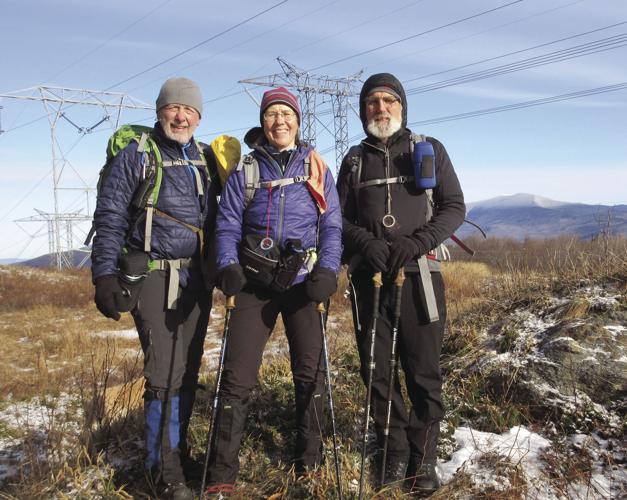
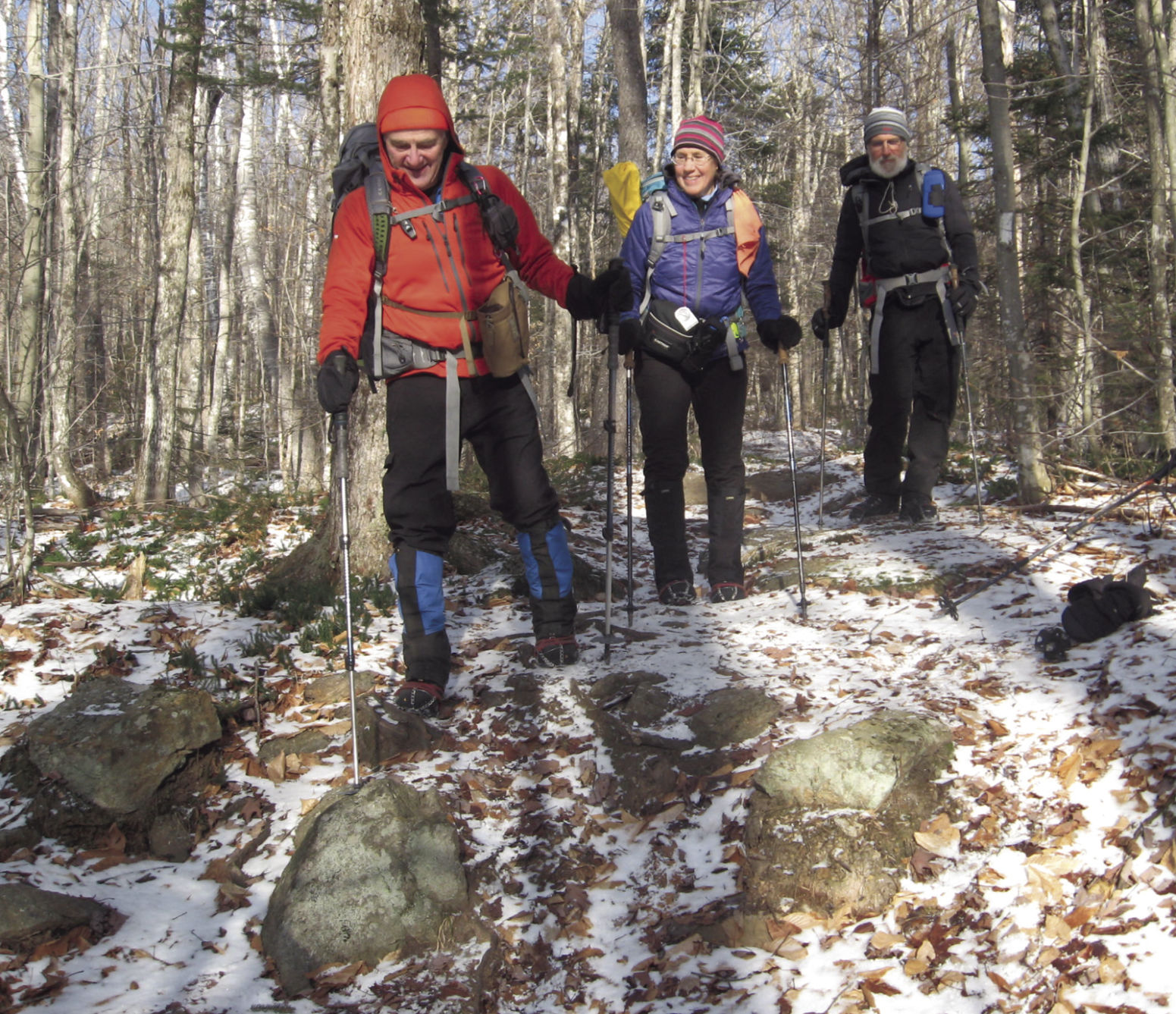

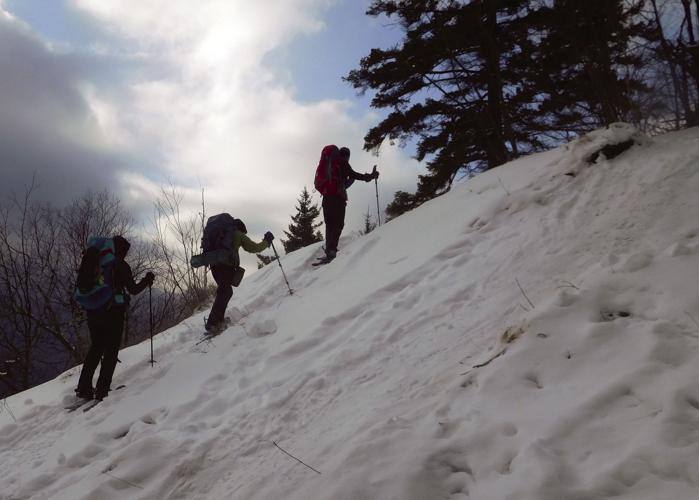





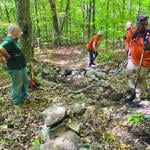

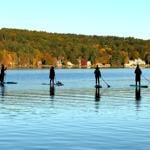



(0) comments
Welcome to the discussion.
Log In
Keep it Clean. Please avoid obscene, vulgar, lewd, racist or sexually-oriented language.
PLEASE TURN OFF YOUR CAPS LOCK.
Don't Threaten. Threats of harming another person will not be tolerated.
Be Truthful. Don't knowingly lie about anyone or anything.
Be Nice. No racism, sexism or any sort of -ism that is degrading to another person.
Be Proactive. Use the 'Report' link on each comment to let us know of abusive posts.
Share with Us. We'd love to hear eyewitness accounts, the history behind an article.